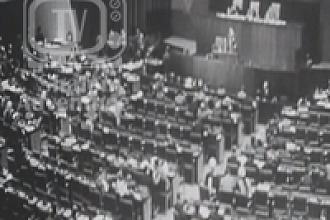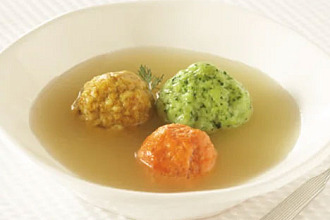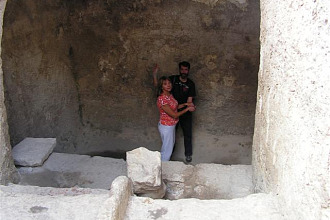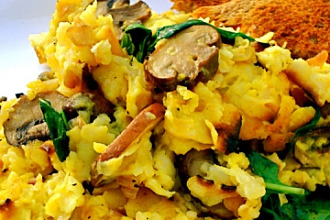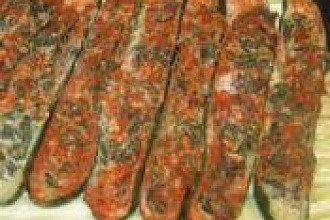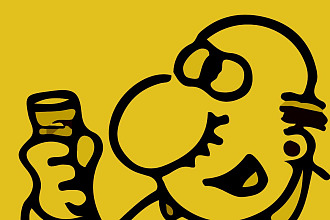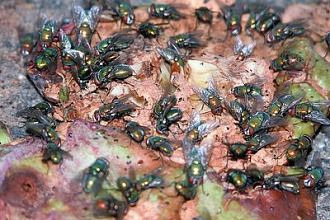For most Americans, Passover is that time once a year when their Jewish friends can't eat pizza.
But there's actually a lot more to the holiday than what Jews can and cannot eat, and whose firstborn was killed or not killed (sorry Pharaoh!). For a good overview of the actual holiday, I suggest checking out these two sites. But if you want to impress your Jewish friends with some cool Passover facts, or if you need some good lines to break the ice with at your Seder, read on:
1. The World's Largest Passover Seder Takes Place in Nepal, of All Places. Each year members of the Chabad-Lubavitch movement hold their "Seder on Top of the World" in Kathmandu for Jewish locals and travelers alike (I'm gonna guess more the latter than the former). Last year they had around 2,000 people attend the festivities, and you can bet your tuchus that between the flowing wine and the thin air, it was quite the party.
2. Abraham Lincoln Was Assassinated During Passover. According to the American Jewish Historical Society, many Jews were in synagogue for the holiday when news of Lincoln's assassination broke. Altars in temples "were quickly draped in black and, instead of Passover melodies, the congregations chanted Yom Kippur hymns. Rabbis set aside their sermons and wept openly at their pulpits, as did their congregants." Sadly, a time that was supposed to be full of celebration became one of mourning.
3. Coca-Cola Makes a Special Batch of Kosher Coke for Passover. While Coke is generally a kosher product, the dietary laws tighten during the Passover holiday making high-fructose corn syrup a no-no for observant Jews (it really should be a no-no for everybody all the time, but that's neither here nor there). In response, Coca-Cola pumps out a batch of limited edition Coke that uses (gasp) real sugar instead of the kitniyot corn. Look for bottles with yellow caps on them to be sure you're getting the right one, baby! (I know, that was Pepsi's old jingle, but close enough.)
4. The First American Edition of the Haggadah Was Published in 1837. The Haggadah is the book or text Jews read from during Passover. It tells the origins of the holiday and explains how the Seder is supposed to proceed. Solomon Henry Jackson, an English-born American Jew, published the first American edition of the Haggadah in 1837 in New York. Jackson had moved to the city in the 1820s to establish the first Hebrew printing press, and The Jew, a monthly newspaper and the first Jewish periodical in the United States. One could say Jackson was the original member of the Jewish media elite.
5. Gefilte Fish is Really Good, I Swear. I know, I know, a bottle of gefilte fish looks more like something you'd find in science class than in a supermarket, but trust me when I say this: it tastes great. Some are even calling it "the new bacon." Explaining the ingredients or the process of making it would probably only hurt my case, so I'm just going to say that if you haven't tried it, you're missing out. Just think of it as a fish hot dog, and as you can tell from Hebrew National dogs, we Jews know how to do mushy meat!
6. Manischewitz is a Brand, Not the Hebrew Word for Kosher Wine. Just as a Kleenex is really a "facial tissue," and Q-Tips are actually "cotton swabs," Manischewitz is a proprietary eponym. Founded in 1927 by Leo Star, the Manischewitz winery has basically cornered the kosher wine market here in the US with their sweet concord grape wine. Yet like Coca-Cola, Manischewitz uses corn syrup to sweeten things up a bit, so surprisingly not all Manischewitz is actually kosher for Passover.
Originally from here
Posted on Shalom Adventure by: Barbara Zaremsky
Picture from here






